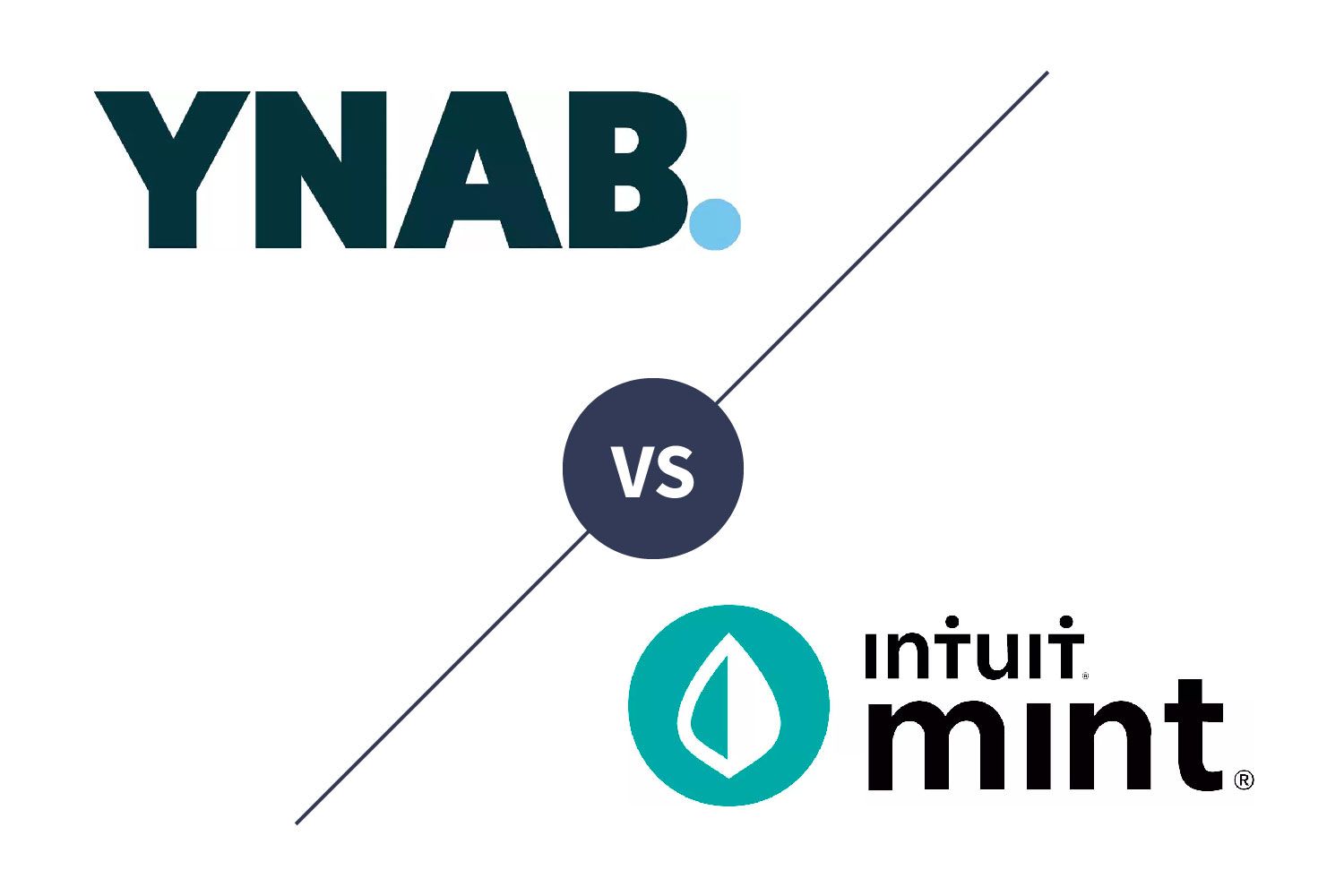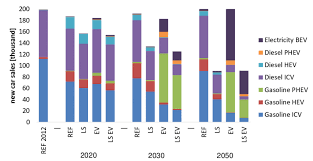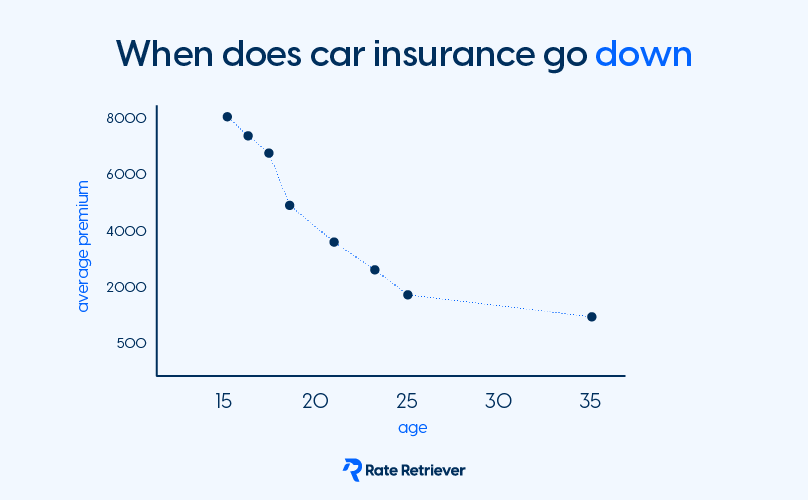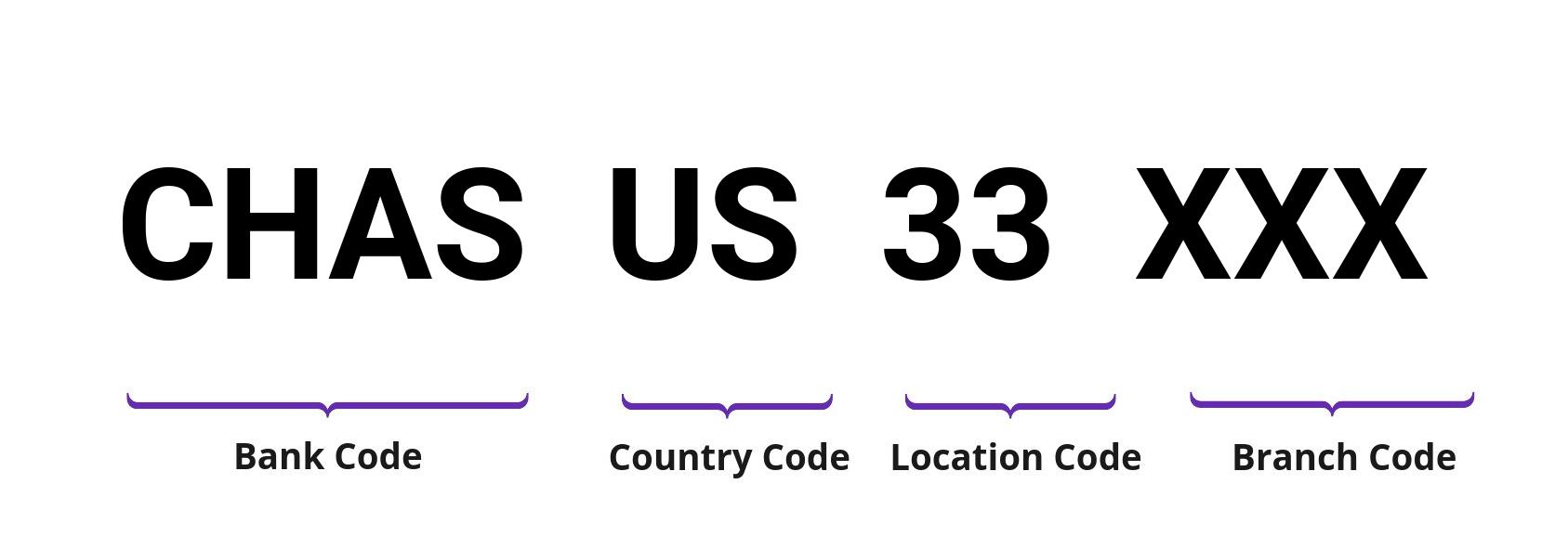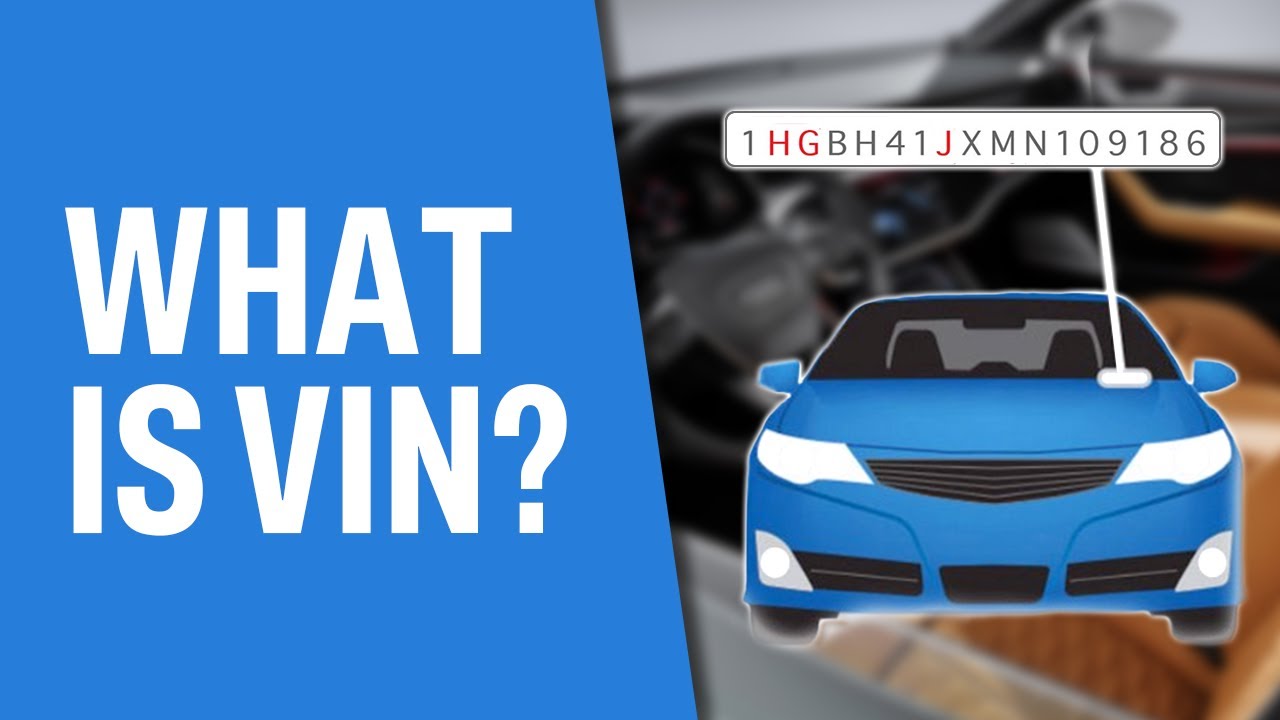Whether car insurance covers electrical problems depends on the cause of the issue and your type of coverage. Standard car insurance typically does not cover electrical issues caused by wear and tear or aging, but it may cover repairs if the electrical problem results from a covered accident or incident. Additionally, some insurers offer optional vehicle protection or mechanical breakdown insurance that can include coverage for electrical repairs.
Key Takeaways
- Standard car insurance usually doesn’t cover electrical problems from normal wear and tear, but your vehicle warranty might.
- Optional coverage, such as vehicle protection plans or mechanical breakdown insurance, may cover certain electrical issues.
- Electrical issues caused by accidents, floods, or fire may be covered under collision or comprehensive insurance.
When Car Insurance May Cover Electrical Problems
- Electrical problems from an accident someone else caused:
The at-fault driver’s insurance typically covers repairs. - Electrical problems from an accident you caused:
Requires collision coverage on your policy. - Electrical problems from incidents like fire, flood, or vandalism:
Covered under comprehensive insurance. - Electrical problems from wear and tear or age:
Not covered by standard insurance, but may be covered by vehicle protection plans or warranties.
💡 Pro tip: If your car is relatively new, check the manufacturer’s warranty before paying for repairs — many electrical components may still be covered.
Common Car Electrical Problems
- Bad alternator: Can cause dim displays or prevent the car from starting.
- Dead battery (gas-powered): Prevents the car from starting; can often be jump-started or replaced.
- Dead 12-volt battery (EVs): EVs have a large traction battery and a smaller 12-volt battery for minor systems; the 12-volt can usually be jump-started.
- Bad spark plugs: Affect ignition and engine performance; replacement is often needed around 80,000 miles, depending on your vehicle.
Signs of electrical issues include check engine lights, stalling, unusual noises, burning smells, and reduced acceleration.
Ways to Protect Your Wallet from Electrical Problems
- Roadside assistance: Helps with towing, jump-starts, and getting to a repair facility.
- Comprehensive and collision coverage: Helps pay for electrical repairs caused by accidents or covered incidents.
- Vehicle protection plans: Cover major electrical components after warranties expire, reducing out-of-pocket repair costs.
If someone else causes an accident that damages your car’s electrical system, you can file a third-party claim to cover the repairs.
Bottom Line
Standard car insurance usually does not cover electrical problems from normal use, but optional coverages, warranties, and mechanical breakdown plans can help. Understanding your insurance and vehicle protection options can save you significant repair costs.
